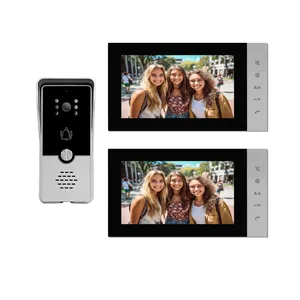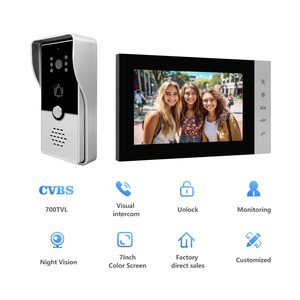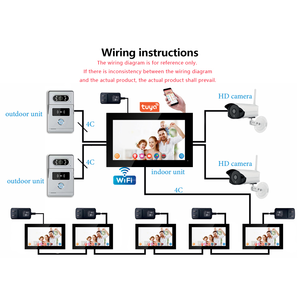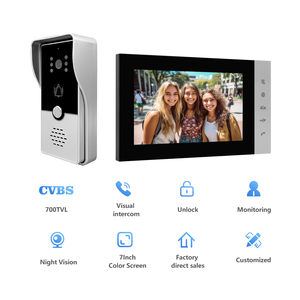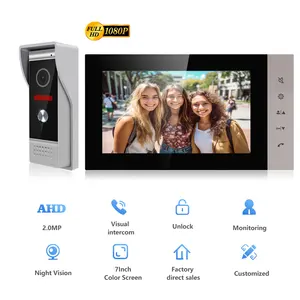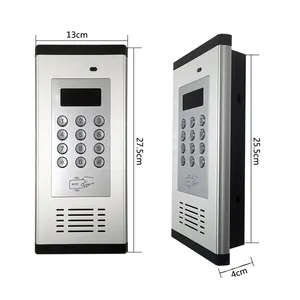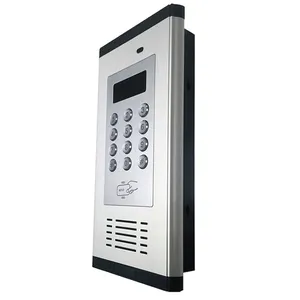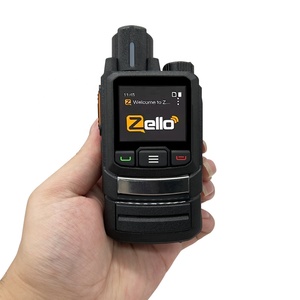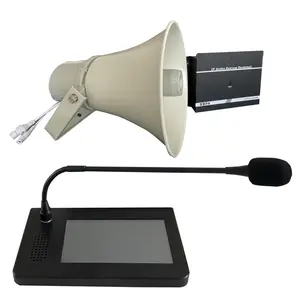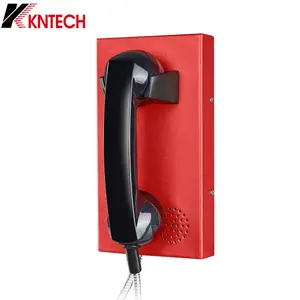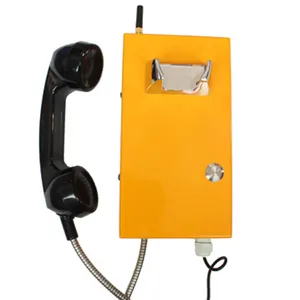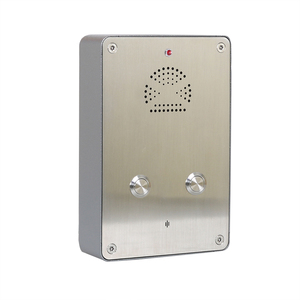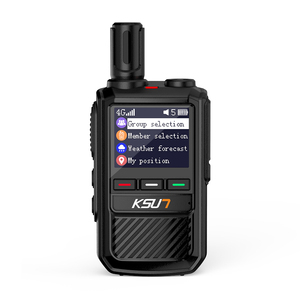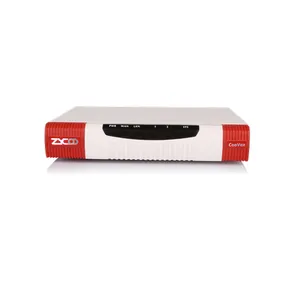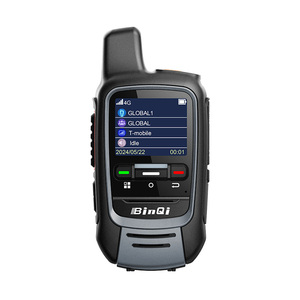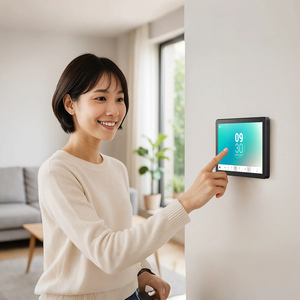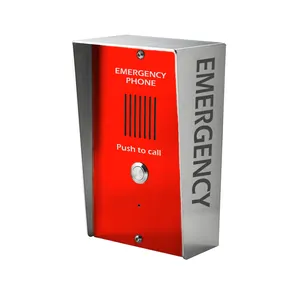Gsm Intercom Supplier





 Top sponsor listing
Top sponsor listing







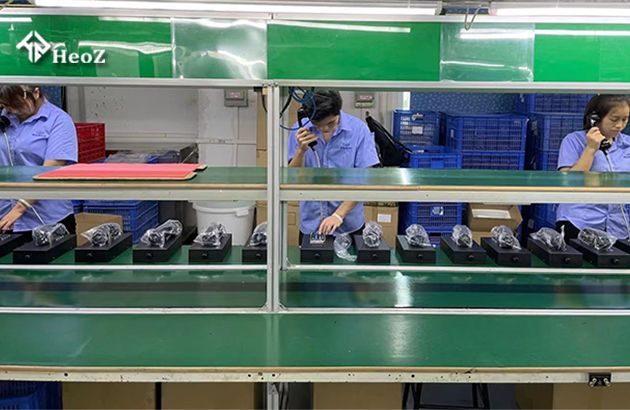











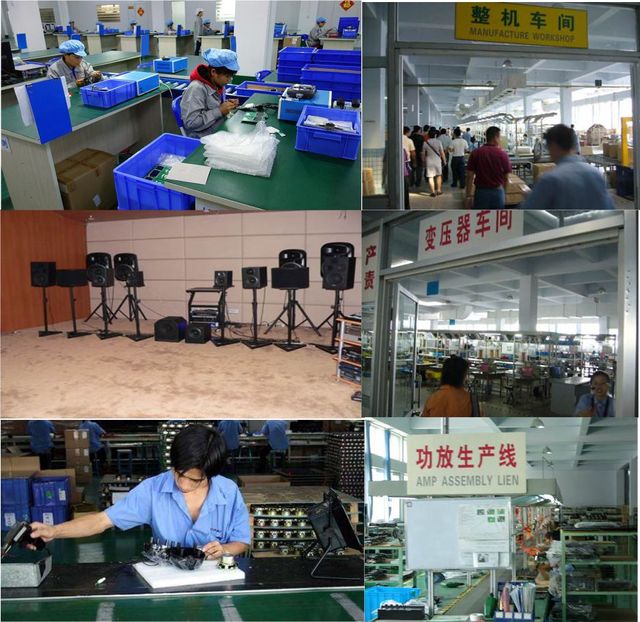











































About gsm intercom supplier
Where to Find GSM Intercom Suppliers?
China remains the global epicenter for GSM intercom manufacturing, with key production hubs concentrated in Guangdong and Fujian provinces. Shenzhen, within Guangdong, hosts a dense cluster of electronics manufacturers specializing in wireless communication systems, leveraging integrated supply chains for RF modules, SIM-based connectivity components, and IoT-enabled hardware. This ecosystem enables rapid prototyping and scalable production, particularly for 2G/4G LTE-enabled intercoms used in residential, commercial, and industrial access control applications.
Fujian’s Quanzhou and Foshan in Guangdong also contribute significantly, offering vertically aligned facilities that manage everything from PCB assembly to final product testing. These regions benefit from proximity to component suppliers and port infrastructure, reducing logistics lead times by 10–15% compared to non-specialized manufacturing zones. The concentration supports cost efficiencies, with localized sourcing cutting bill-of-materials expenses by up to 20%, while maintaining compliance with international telecommunications standards.
How to Choose GSM Intercom Suppliers?
Selecting reliable suppliers requires rigorous evaluation across technical, operational, and transactional dimensions:
Technical Compliance & Product Range
Verify that suppliers offer products compliant with regional telecom regulations (e.g., FCC Part 22/24 for North America, CE-RED for Europe). Prioritize those producing GSM intercoms with dual-mode functionality (VoIP + cellular), support for SMS/call-based triggering, and integration with RFID or smart lock systems. Ensure firmware supports over-the-air (OTA) updates and remote management protocols.
Production and Customization Capability
Assess supplier flexibility based on documented customization options:
- Support for OEM/ODM services including logo, packaging, and color variation
- Custom firmware development for call routing, access logs, and multi-user permissions
- Material selection (ABS, metal housing) and ingress protection ratings (IP55/IK09) for outdoor deployment
Cross-reference these capabilities with factory size indicators and R&D capacity where available.
Quality Assurance & Transaction Metrics
Use performance data as proxies for reliability when formal certifications are not disclosed. Target suppliers with on-time delivery rates exceeding 95%, response times under 6 hours, and reorder rates above 15%. While ISO 9001 or IECQ certification is ideal, consistent transaction metrics often reflect effective internal quality control processes.
What Are the Best GSM Intercom Suppliers?
| Company Name | Main Products | On-Time Delivery | Reorder Rate | Response Time | Online Revenue | Customization | Min. Order Quantity | Key Product Examples |
|---|---|---|---|---|---|---|---|---|
| Foshan Abe France Germany Technology Co., Ltd. | Door Phones, Smart Locks, Biometric Access Control | 93% | <15% | ≤2h | US $50,000+ | Color, material, logo, packaging, graphic | 1–2 pieces | Multipoint door entry systems, integrated biometric panels |
| Quanzhou Jimao Electronic Commerce Co., Ltd. | Walkie Talkies, POC Devices, Digital Radios | 94% | 16% | ≤2h | US $180,000+ | Not specified | 1–2 pieces | 4G LTE PoC intercoms, dual-mode walkie-talkies |
| Shenzhen Beilai Technology Co., Ltd. | Wireless GSM Modules, Ethernet Communication Units | 100% | 15% | ≤6h | US $50,000+ | Relay configuration, firmware logic | 2–10 pieces | RFID-enabled apartment intercoms, standalone GSM audio units |
| Excelltel Technology Co., Ltd. | PBX Systems, VoIP Telephony, Fixed Wireless Terminals | 100% | 15% | ≤9h | US $170,000+ | Limited customization | 1 piece | Expandable PBX intercom networks, office-wide wireless systems |
| Shenzhen HeoZ Technology Co., Ltd. | VoIP Intercoms, Corded Telephones, PCBA Solutions | 77% | <15% | ≤2h | US $10,000+ | Housing design, branding | 1 unit/set | Outdoor-rated IP55 intercoms, elevator communication systems |
Performance Analysis
Shenzhen-based suppliers like Beilai and Excelltel demonstrate strong reliability with 100% on-time delivery records, indicating disciplined production planning. Quanzhou Jimao leads in revenue volume (US $180,000+), suggesting high transaction throughput, particularly in PoC-based two-way communication devices. Foshan Abe and Shenzhen HeoZ emphasize customization but vary in delivery consistency—HeoZ’s 77% on-time rate signals potential fulfillment risks despite fast responsiveness. Suppliers with MOQs as low as one piece accommodate prototype testing and small-scale deployments, while bulk pricing typically activates at 10+ units. Buyers seeking ruggedized outdoor models should prioritize vendors listing IK09/IP55-rated enclosures and metal housings.
FAQs
How to verify GSM intercom supplier reliability?
Evaluate on-time delivery history, reorder rate, and response time as leading indicators of operational efficiency. Request product compliance documentation (CE, FCC, RoHS) and inquire about in-house testing procedures for signal stability, battery life, and environmental durability. Video audits of production lines can confirm process maturity when formal certifications are unavailable.
What is the typical lead time for GSM intercom orders?
Standard orders are fulfilled within 15–25 days post-payment confirmation. Customized units with branded firmware or unique housing may require 30–40 days. Air shipping adds 5–7 days for international delivery; sea freight takes 25–35 days depending on destination port congestion.
Do suppliers support low-volume or sample orders?
Yes, most suppliers listed accept orders starting at one piece, enabling functional testing prior to scale procurement. Sample costs typically range from $80–$300, with partial or full credit applied upon conversion to bulk purchase.
Can GSM intercoms be integrated with existing access control systems?
Many models support relay outputs (1–2 channels) for integration with electric strikes, gate controllers, or alarm systems. Confirm voltage compatibility (12V/24V DC) and dry contact operation. Some suppliers offer SDKs or API access for custom software integration in networked environments.
What are common customization options for GSM intercoms?
Available modifications include device labeling, packaging design, color finishes, logo embossing, and tailored firmware features such as scheduled call alerts, multi-number dialing lists, and language localization. Suppliers with dedicated R&D teams can implement advanced logic rules for access authorization and monitoring.

